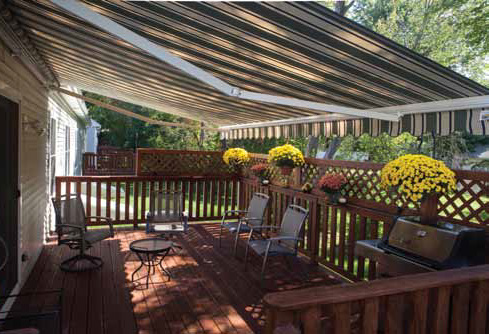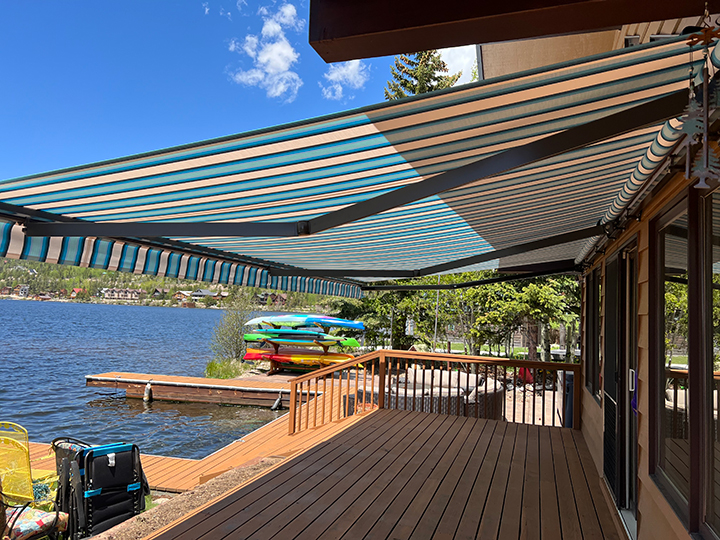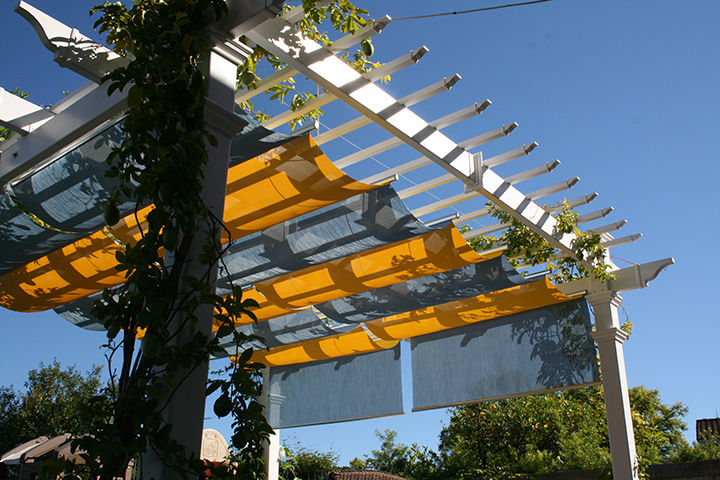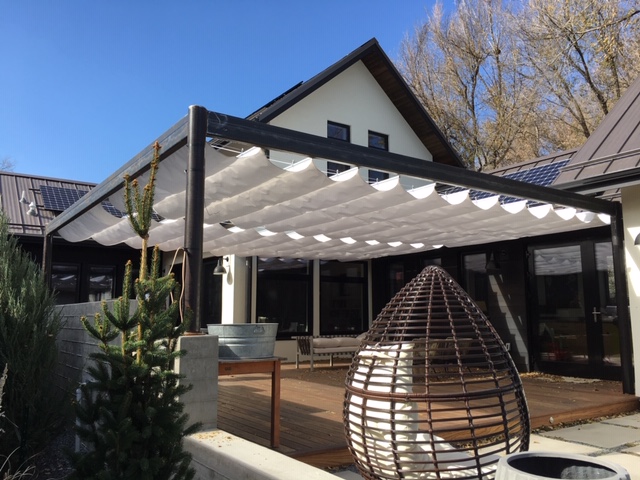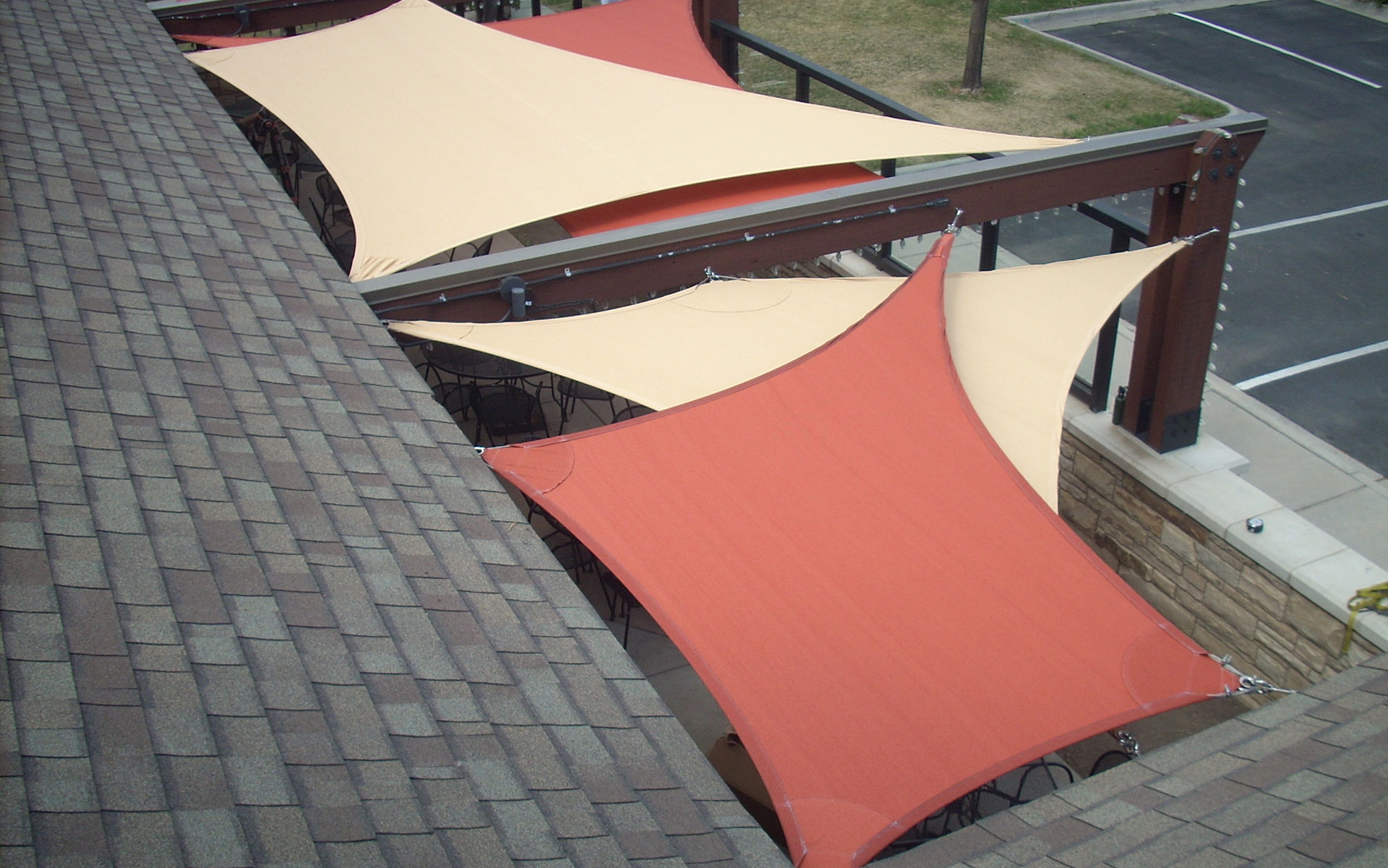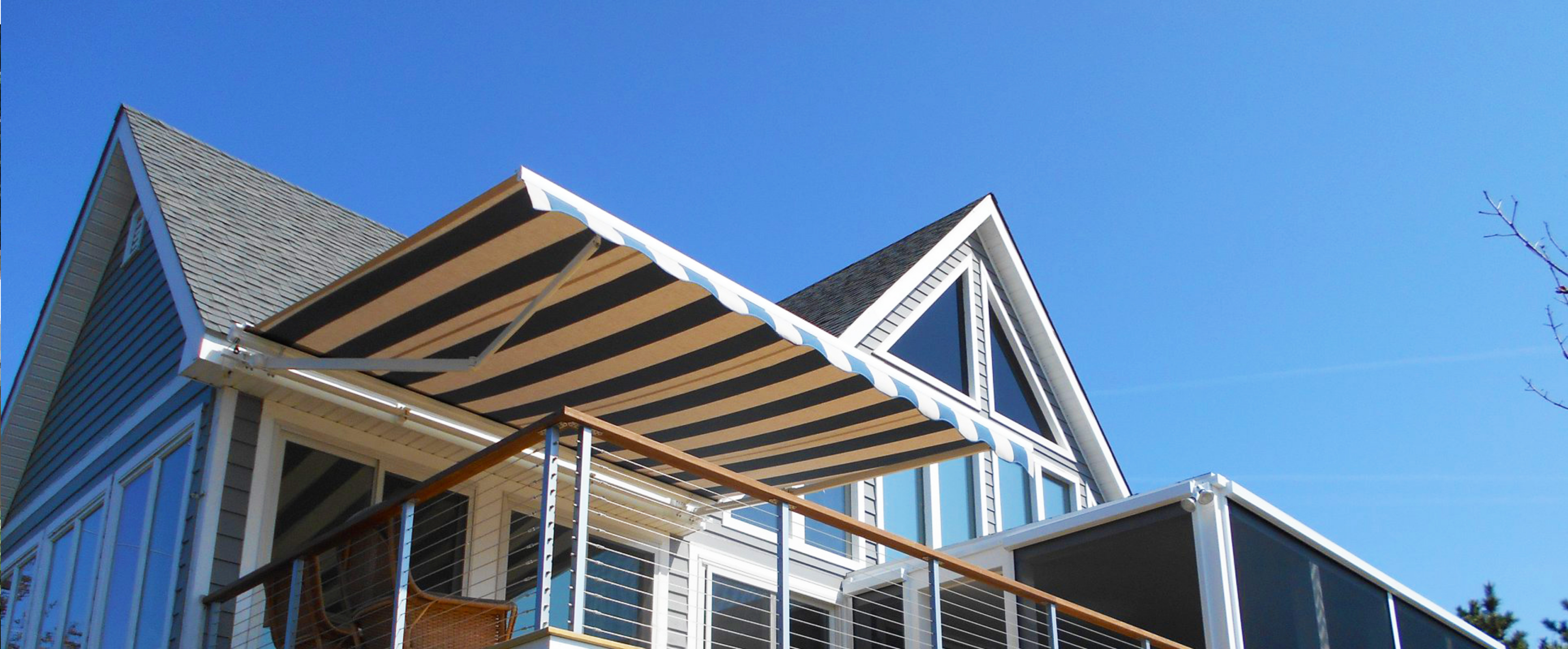As colder months approach, preparing your motorized awning for winter is essential to prevent damage and prolong its lifespan. Snow, ice, and freezing temperatures can wreak havoc on your awning’s mechanical components and fabric if left unprotected. A few simple steps can save you from costly repairs and ensure your awning is ready for use when warm weather returns.
Retract and Inspect
Before winter sets in, fully retract your motorized awning. Inspect it for any signs of wear, such as tears in the fabric or rust on the frame. Addressing minor issues now prevents them from worsening during the off-season.
Clean the Awning Fabric
Dirt, mold, and debris left on the fabric can lead to stains and deterioration. Clean the awning using mild soap and water, allowing it to dry completely before storing it. This helps preserve the material and prevents mildew from forming.
Disconnect the Power Source
To avoid electrical issues, disconnect the motorized mechanism from its power source. This protects the motor from surges and prevents accidental activation during freezing conditions.
Use a Protective Cover
Consider using a weather-resistant awning cover for added protection. A fitted cover keeps out snow, moisture, and debris, shielding both the motor and the fabric from the elements.
Schedule a Professional Tune-Up
If your awning requires maintenance or has been acting up, schedule a professional checkup before winter. A technician can ensure all components are working properly and make any necessary repairs before the season sets in.
Winterizing your motorized awning is a simple but critical step to protect your investment. By retracting, cleaning, disconnecting power, and covering your awning, you shield it from the harsh effects of snow, ice, and cold temperatures. Add a professional tune-up for peace of mind, and you’ll ensure your awning stays in top shape—ready to roll out again when the warm weather returns.





